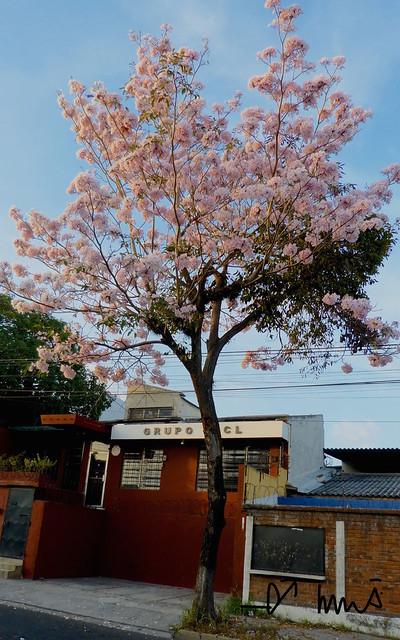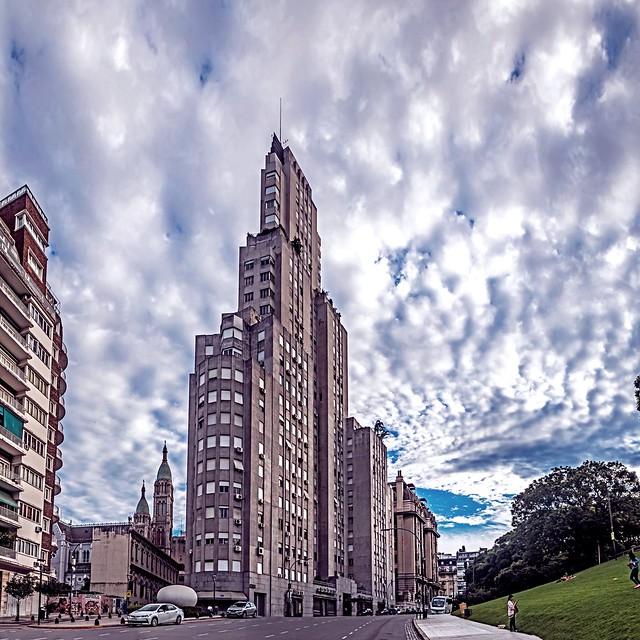Pampa del Infierno
Overview
Pampa del Infierno: A Hidden Gem in Chaco
Nestled in the heart of the Chaco province in Argentina, Pampa del Infierno is a small yet vibrant city that offers a unique glimpse into the country’s rural life. With a population of around 4,500 residents, this town is characterized by its friendly atmosphere and close-knit community. The name "Pampa del Infierno," which translates to "Pampas of Hell," is a nod to the intense heat of the region, especially during the summer months. Despite its fiery name, the area is rich in natural beauty and cultural heritage, making it a fascinating destination for travelers seeking an authentic Argentine experience.
Pampa del Infierno boasts a deep-rooted cultural heritage, heavily influenced by indigenous traditions and Spanish colonial history. The town is predominantly inhabited by criollo families, descendants of the early European settlers. Visitors can expect to encounter lively local festivals that celebrate traditional music, dance, and cuisine. One of the most notable events is the annual Fiesta Nacional del Futbol Infantil, a children's soccer tournament that brings together families and communities from across the region, showcasing the importance of soccer in Argentine culture.
The atmosphere in Pampa del Infierno is both laid-back and lively, with the sounds of laughter and music filling the air, especially during local festivities. The streets are lined with modest homes, and the town square serves as a gathering place for residents to socialize, play, and enjoy the warm sun. The surrounding landscapes feature vast stretches of grasslands and occasional forests, offering opportunities for outdoor activities like hiking and birdwatching, where one can appreciate the region's biodiversity.
Historically significant, Pampa del Infierno played a role in Argentina’s expansion during the 19th century. The town emerged as a vital hub for trade and agriculture, particularly in cattle ranching, which remains an essential part of the local economy. The local economy also thrives on crops such as cotton and soybeans, reflecting the agricultural richness of the region. Visiting the local markets provides travelers with a chance to taste fresh produce and homemade goods, immersing themselves in the daily life of the residents.
A few notable local characteristics make Pampa del Infierno stand out. The architecture is a blend of traditional Argentine styles, with colorful buildings adorned with lush gardens. The local cuisine offers a delightful experience, where one can savor traditional dishes such as asado (barbecued meat), empanadas, and locro (a hearty stew). Small eateries and family-run restaurants are perfect spots to sample these dishes while interacting with the locals, who are proud of their culinary heritage.
For travelers looking to explore off the beaten path, Pampa del Infierno presents a unique opportunity to experience the warmth of Argentinean hospitality and the charm of rural life. The city serves as a gateway to the stunning landscapes of the Gran Chaco region, known for its natural reserves and indigenous wildlife. This hidden gem invites you to step away from the hustle and bustle of larger urban centers and immerse yourself in the rich tapestry of Argentine culture.
Other towns or cities you may like in Argentina
Explore other cities that share similar charm and attractions.






